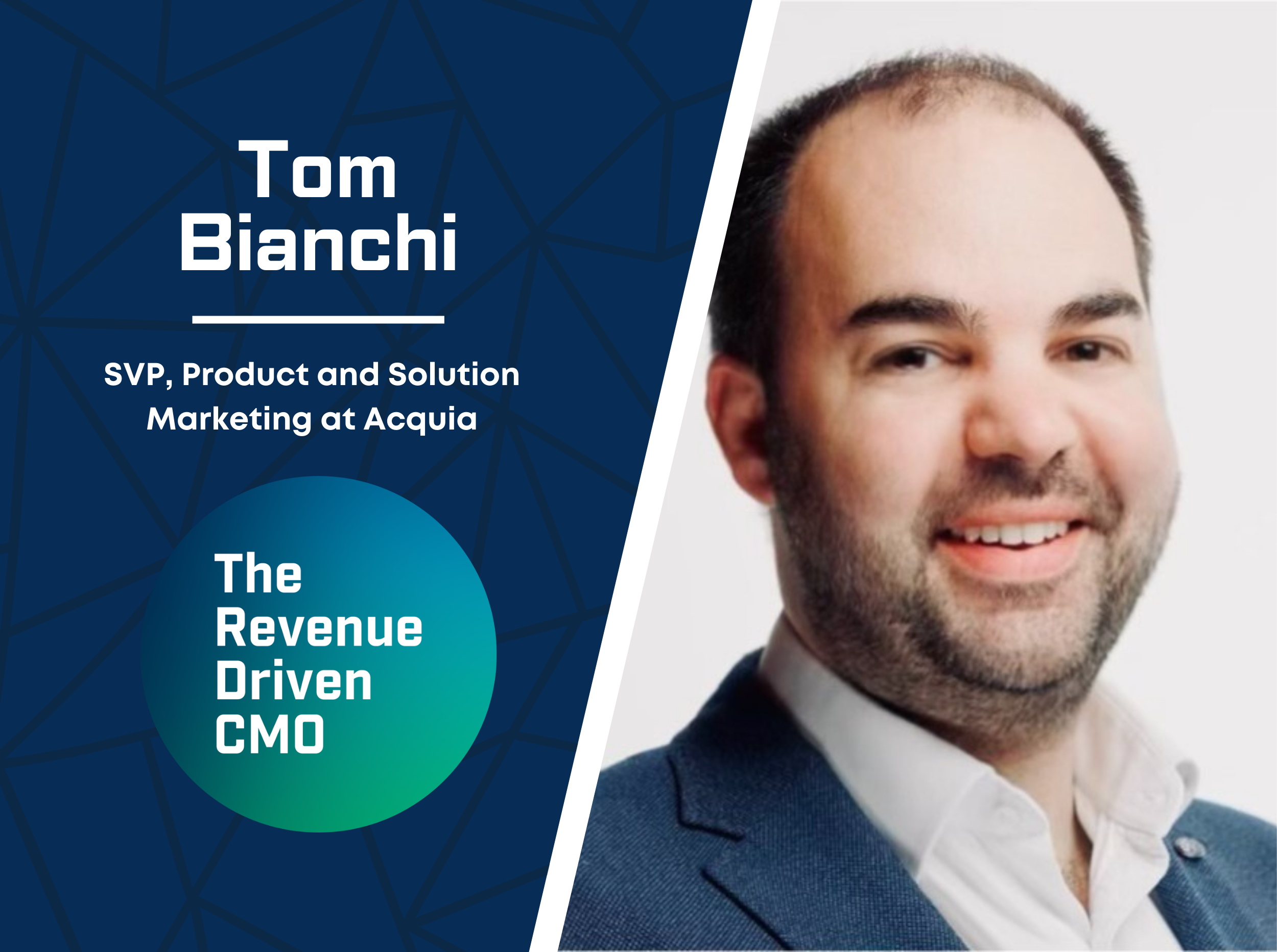
What is predictive analytics in marketing? The secret to finding your best prospects
Marketing is getting smarter every year with advances in artificial intelligence and data collection. By using even basic principles from what established players are doing with predictive analytics, you can see noticeable increases in ROI.
Most people assume you have to be as big as Microsoft or Google to use any significant data analysis, but that’s not true—learning how is not as complicated as you think. Thanks to advances in artificial intelligence and big data, even small businesses can use predictive analytics.
In this article, I’ll explain what predictive analytics is, why it matters, and how to get started.
What is predictive analytics in marketing?
Predictive analytics is an area of statistics that deals with extracting information from data and using it to predict trends and customer behavior patterns. It involves the use of statistical modeling and machine learning techniques to determine the likelihood of future outcomes based on historical data. In turn, this allows you to (hopefully) make better business decisions.
For example, you can use historical data to analyze search keyword patterns. To start, you build a model or algorithm, and you feed it certain variables you’re considering. Then, you come up with a test based on the data to see how accurate the model is. Based on its accuracy, you can keep improving the model so it better predicts the keyword patterns a future customer will search.
Differences between predictive analytics and a haphazard approach
Let’s be clear: data should govern your business decisions. There are clear differences between predictive analytics and a casual approach based on gut feelings about patterns in data.
With predictive analytics, you are more certain of your prediction. There’s nothing in life that’s certain, but you do get a higher likelihood of being right with predictive analytics because the process grounds itself in logic and stays away from biases. You enjoy the benefits of having:
- More data points overall.
- Tested your data thoroughly.
- A statistician who knows what they’re doing.
Predictive analytics gets you a good enough answer to start building a predictive model. From there, you can keep improving upon that answer by feeding data back into the model to let it learn.
Why predictive analytics is important for online marketing
Predictive analytics can help with customer segmentation. In other words, it allows you to isolate different custom groups within your main target audience better. This process is commonly used to target better prospects and exclude bad ones.
You can get even more granular by identifying high-value customers based on repeat purchases, upsell purchases, and spending frequency. You can also use data from hyper-specific groups to create tailored content on social media and other channels for them.
Moreover, predictive analytics lets you automatically obtain higher-quality, more profitable leads (and sales). By setting up a system based on behavioral patterns, you can use automation to score leads by quality. To give you an idea, you can create a system that could award seven out of ten points to a lead if they fit most but not all of the criteria you care about, like company size and industry. HubSpot and other platforms have features that enable this automation.
As a marketer, you’re ultimately trying to get people to opt-in or buy. If you can predict behavior by understanding customers better, you can get more of what you want by tailoring your marketing to prospects’ needs no matter where they are in the customer journey. If you know someone is more likely to buy or needs more nurturing before buying, that helps you save resources by marketing more intelligently.
Why predictive analytics is useful for B2B marketing
B2B marketing and predictive analytics are a match made in heaven. With B2B, it’s all about convincing the CEO or C-Suite buyers. Predictive analytics helps unearth useful insights about existing and potential customers that go far beyond a gut feeling to real data analysis. With predictive analytics, you get closer to the nuanced details of the C-level—what they fear when they look at a marketing report or what solution features they care about most—and can personalize the customer experience for each specific need and interest.
How to use predictive analytics effectively even if you’re a beginner
You’re probably wondering, “This all sounds interesting, but how do I get started with predictive analytics?” Great question! Make sure you do the following:
1. Know your goals
Setting goals applies to anything you do in life. Having goals might sound obvious, but you need to have a clear picture of what you’re trying to achieve with data analysis. Without clear, measurable, time-sensitive goals, you’ll go down a rabbit hole. Ask yourself these questions:
- What am I trying to achieve?
- Can I measure the goals I’m after?
- Can I find a metric that predictive analytics can assess from a “before” to an “after?”
2. Make sure you have enough data
Have enough data. And even if you do, make sure your data is of good quality. If you don’t have enough data, there’s nothing you can base anything on. If you don’t keep records or have a CRM, predictive analytics won’t work. With good data, you can combine in-house data with predictive analytics and come up with a highly targeted list of prospects.
Don’t underemphasize the importance of clean data in the predictive analysis process. The whole point is to examine historical data, find patterns, and predict future outcomes. Bad data can ruin the accuracy of your conclusions.
3. Have the right people analyze your data
Have someone who lives and breathes data—but also someone who understands humans. A data scientist can see all the stats and facts, which is great, but that’s only part of a winning team.
You must also have someone from the marketing side who can take the data and put it in context of human beings (i.e., how do your discoveries connect, through common sense and emotion to blog posts, offers, or social media campaigns?).
3 common mistakes beginners make with predictive analytics
When it comes to predictive analytics for beginners, watch out for these common mistakes:
1. Taking results from the model out of context
You’ll discover patterns and conclusions from data analysis. But sometimes, the implied actions aren’t what make sense for your company, brand, the customer experience, or budget. A pattern is sometimes just that—a pattern, and nothing more.
2. Using bad data
If you use inaccurate data, you’re going to get bad results. Bad data can have many characteristics, like:
- A small sample size.
- General uncleanliness.
- Outliers that inflate certain statistics.
If you base your ideas on poor results, marketing won’t end well.
3. Not having (meaningful) goals
As mentioned, having measurable goals is vital to predictive analytics. A good goal is something like, “We want X sales by the end of this quarter with Y budget.” Specificity is key here—your goal should not be something generic. For example, don’t just say, “We want more sales.”
If you don’t have something you’re trying to achieve, you’ll be all over the place.
A predictive analytics example in practice
Let’s take the case of a bank that loans money. This bank would benefit from being able to accurately predict whether someone would likely default on a loan when they apply.
By using predictive analytics, this bank looks at past data of people who defaulted on loans and segments groups comprehensively by metrics like income, geography, and age. You can create this scoring system with a simple “Yes” or “No” algorithm (in other words, a customer will either default or not).
Now that the bank has built a model, the algorithm can make predictions on future applicants based on their characteristics. This approach reduces wasting money on bad applicants by decreasing the chances that the bank loans to someone who will default. In turn, this increases the profitability of the bank’s loaning. It’s easy to see how a similar model applies to many different industries like credit card companies.
Here are some helpful resources and tools you can check out if you want to learn more about predictive analytics:
- Search Engine Journal’s article on how to create a predictive analytics model
- Harvard Business Review’s predictive analytics primer
- Google Analytics 360 and BigQuery for predictive analytics
- GitHub’s technical guide to creating a remarketing list with predictive analytics
- The 4 common challenges of predictive analytics
Conclusion
AI is shaping the future of business and marketing—Google, Facebook, and all the big players use more and more predictive analytics, machine learning, and artificial intelligence to get the right offer to the right person at the right time because this tech is the future. Hopefully, you now understand what is predictive analytics in marketing and have a sense for how to start using it.
Don’t think this future won’t involve you. Everybody should be thinking about predictive analytics because it’s not going away, and it’s not a fad. The tools are getting better and aren’t as complicated or expensive as you think. Predictive analytics is not just for scientists and PhDs. Everybody can and will use it eventually—so you may as well start today. What’s your experience so far with predictive analytics?
Read about using predictive analytics
View all posts filed under “Analytics”
Most newsletters suck...
So while we technically have to call this a daily newsletter so people know what it is, it's anything but.
You won't find any 'industry standards' or 'guru best practices' here - only the real stuff that actually moves the needle.






